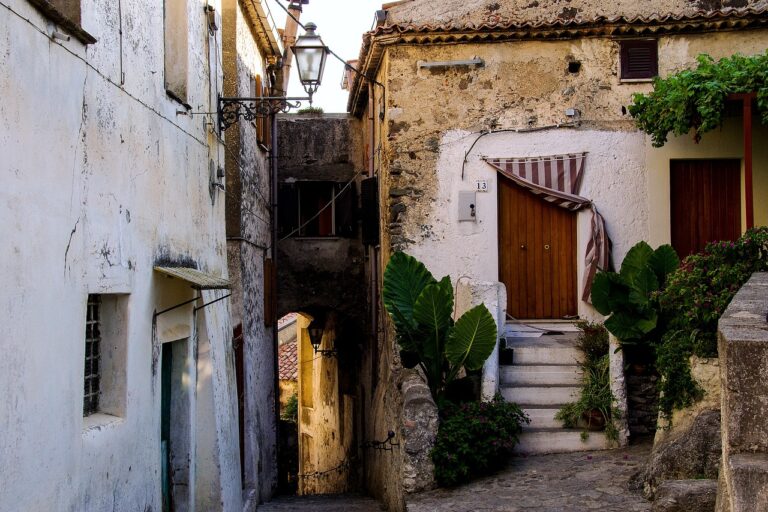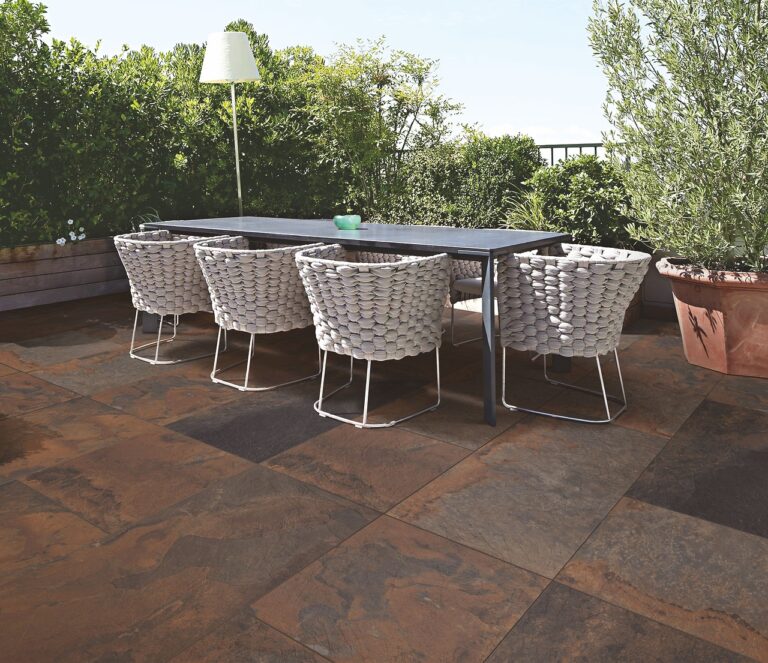Understanding Tax Deductions for Home Improvement Expenses
Home improvement expenses that qualify for tax deduction are those that add value to your home, prolong its life, or adapt it to new uses. Examples include adding a new room, renovating the kitchen or bathroom, installing a new roof or HVAC system, or making accessibility modifications. Routine repairs and maintenance, such as fixing a leaky faucet or repainting a room, typically do not qualify as tax-deductible home improvement expenses.
It’s important to keep detailed records of all expenses related to the home improvement project, including receipts, contracts, and invoices. Additionally, make sure to distinguish between improvement costs and repairs or maintenance costs, as only the former can be considered for a tax deduction. Remember that tax laws can be complex, so it’s always advisable to consult with a tax professional or accountant to ensure that you are claiming the correct expenses and maximizing your deductions.
How to Determine if Your Home Improvement Expense is Eligible for a Tax Deduction
When determining if your home improvement expense qualifies for a tax deduction, it’s essential to understand the difference between a repair and an improvement. Repairs that simply maintain your property in its current condition are not usually tax-deductible, while improvements that increase the value or extend the life of your property may be eligible for a tax deduction.
Additionally, it’s crucial to keep thorough records of all expenses related to the home improvement project. This includes receipts, invoices, contracts, and any other relevant documentation that proves the cost and nature of the improvement. Proper documentation will not only support your tax deduction claim but also ensure compliance with any potential audits from the tax authorities.
Repairs that maintain current condition are not tax-deductible
Improvements that increase value or extend life may be eligible for deduction
Keep thorough records of all expenses related to home improvement project
– Receipts
– Invoices
– Contracts
– Other relevant documentation
Proper documentation supports tax deduction claim and ensures compliance with potential audits
Common Mistakes to Avoid When Claiming Home Improvement Expenses on Your Taxes
One common mistake to avoid when claiming home improvement expenses on your taxes is failing to keep accurate records. It is crucial to retain all receipts, invoices, and documentation related to the home improvement projects you wish to deduct. Without proper documentation, you may struggle to justify your expenses to the IRS if audited.
Another mistake to steer clear of is claiming ineligible expenses as tax-deductible home improvements. Not all home improvement costs qualify for tax deductions, so it is essential to familiarize yourself with the IRS regulations regarding which expenses are eligible. Attempting to claim expenses that do not meet the criteria set by the IRS could result in penalties or additional taxes owed down the line.
What qualifies as a tax-deductible home improvement expense?
Home improvement expenses that increase the value of your home or prolong its life can be considered tax-deductible. This includes things like adding a new roof, renovating a bathroom, or upgrading to energy-efficient appliances.
How can I determine if my home improvement expense is eligible for a tax deduction?
To determine if your home improvement expense is eligible for a tax deduction, you should consult with a tax professional or refer to the IRS guidelines. Generally, expenses that are necessary for the maintenance or improvement of your home may be eligible for a tax deduction.
What are some common mistakes to avoid when claiming home improvement expenses on my taxes?
Some common mistakes to avoid when claiming home improvement expenses on your taxes include failing to keep proper documentation of the expenses, claiming expenses for improvements that don’t qualify for a tax deduction, and not taking advantage of available tax credits or deductions for energy-efficient upgrades.







